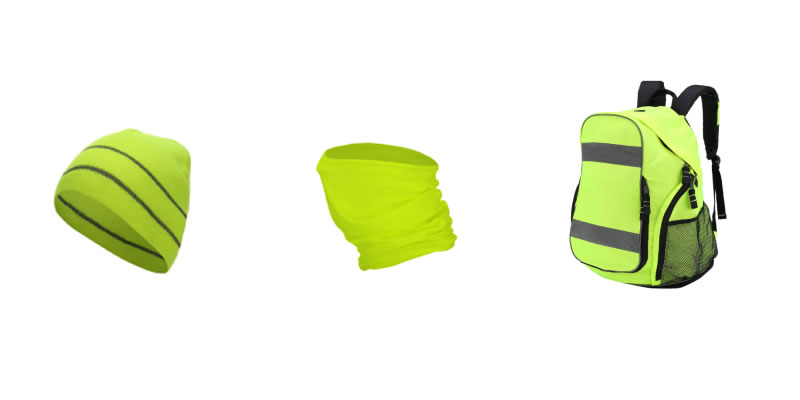How Do I Choose Reflective Clothing?
According to the minimum use area of reflective clothing material, the industry classifies warning clothing into three levels, Level 1 high-visibility warning clothing, Level 2 high-visibility warning clothes, and Level 3 high-visibility warning clothing. Among them, level 3 warning clothing reflective safety ability is higher than level 2 and level 1. Next, the user scenario is divided into three levels: high-risk areas, medium-risk areas, and low-risk areas. High-risk areas are recommended to use high-visibility products, such as professional reflective warning apparel. Medium-risk areas use products with enhanced visibility, and low-risk areas can use visibility products.
I. High Risk: Road Operators
Vehicle or equipment travel speed > 60Km/h
Passive participation
Highway operators, track workers, first responders, airport operators, etc.
Recommended clothing: Level 3 high-visibility warning clothing
Requirements: minimum use area of base material 0.80 square meters + reflective material 0.20 square meters.
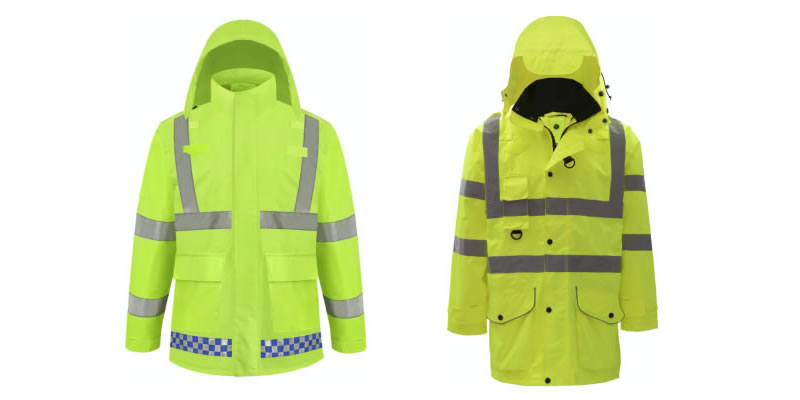
Vehicle or equipment exercise speed≤60Km/h
Passive participation
For example: public road operators, delivery personnel, road surveyors, traffic command
Suggested clothing: Level 2 high-visibility warning clothing
Requirements: minimum use area of 0.50 square meters of base material + 0.13 square meters of reflective material
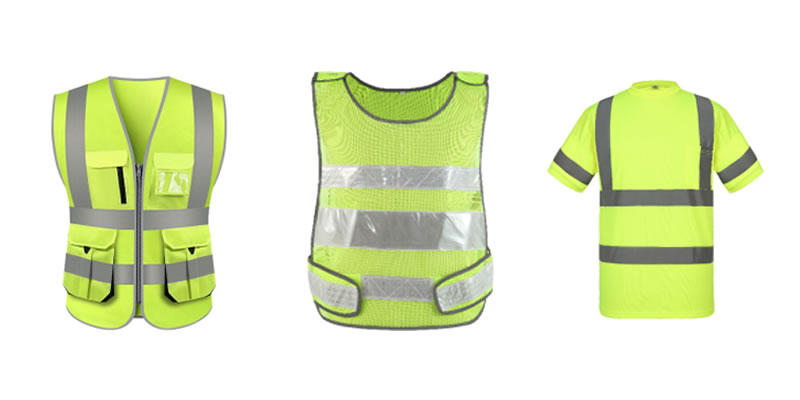
Vehicle or equipment exercise speed≤30Km/h
Passive participation
For example: parking lots, service areas, warehouses and factory road operators
Suggested clothing: Level 1 high-visibility warning clothing
Requirements: minimum use area of base material 0.14 square meters + reflective material 0.10 square meters + combined performance material 0.20 square meters
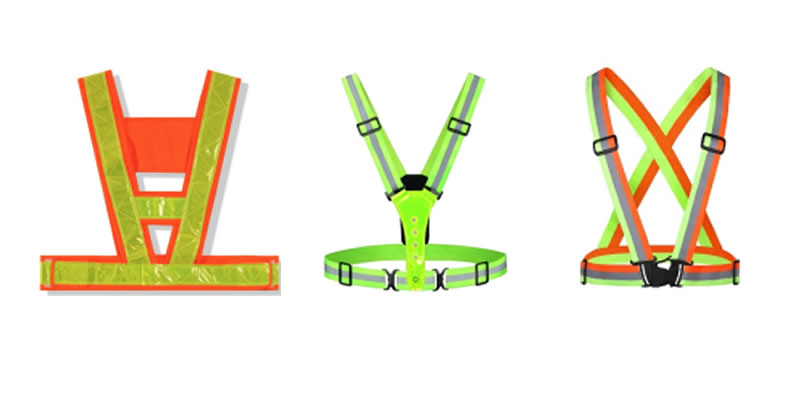
II. Medium Risk
Pedestrians, joggers, walking students, commuters, other non-operating personnel, etc.
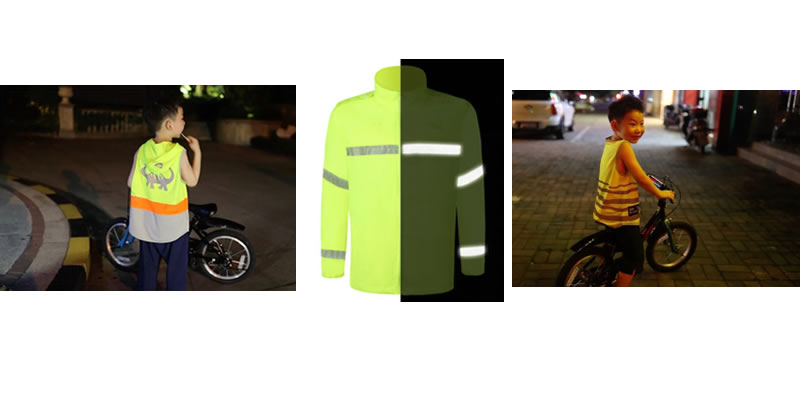
III. Low Risk
